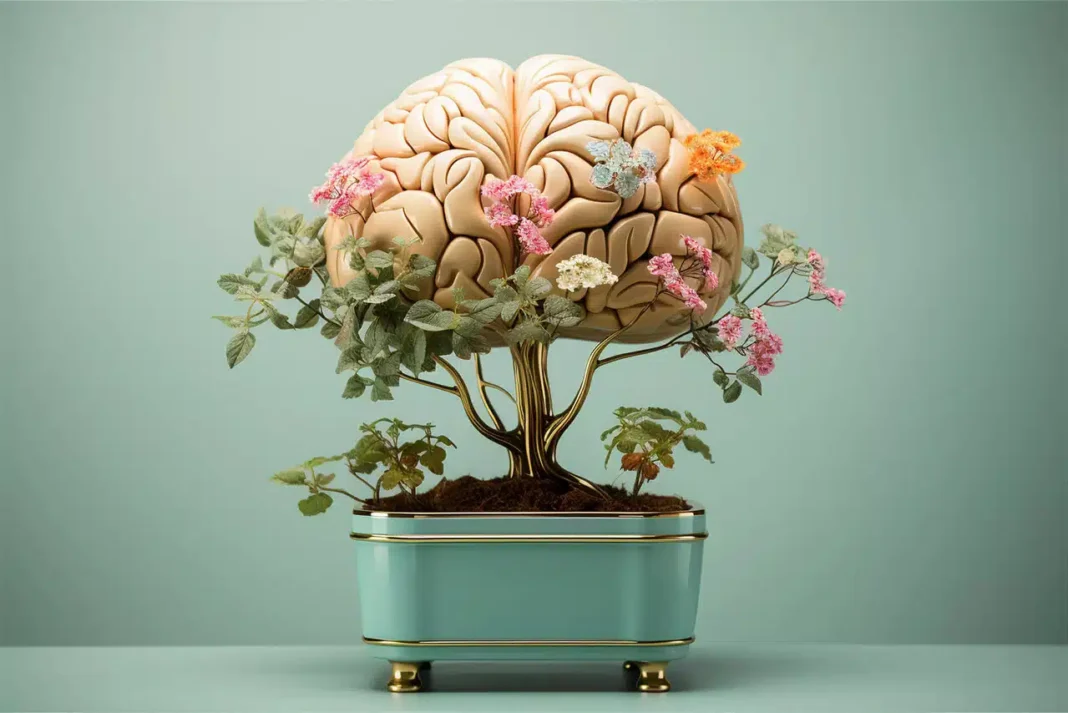On social media and in popular culture, recovery is often shown as a straight road to constant happiness. It is often pictured as a smooth journey; a steady climb toward constant happiness and peace. This idea can create unrealistic expectations: that once you start healing, the hard days will disappear for good.
In reality, recovery—whether from mental health challenges, trauma, or physical illness—is far more complex. It can involve progress, setbacks, and plateaus. There may be days when you feel strong and hopeful, and others when old feelings return unexpectedly. This is not a sign that you’ve failed; it’s simply part of how healing works.
When we believe the myth that recovery equals feeling good all the time, we risk adding shame and disappointment to an already challenging process. True recovery isn’t about avoiding every difficult emotion—it’s about learning how to live alongside them while still moving toward a meaningful life.
Recovery Is Not a Straight Line
One of the biggest misconceptions about healing is that it should move in a straight, upward line. In reality, recovery is much more like a winding path—sometimes steady, sometimes bumpy, and often full of unexpected turns. Research in mental health consistently shows that progress is rarely constant.
A 2011 review on recovery models found that people living with conditions such as depression, anxiety, or eating disorders often experience “relapses” or periods when symptoms return (Hayes et al., 2007). These moments can feel discouraging, but they are not proof that you’re back at square one. Instead, they are part of the natural rhythm of change.
In fact, these fluctuations can be opportunities for growth. They help you strengthen coping skills, test what works for you, and build resilience over time. Recovery is not about eliminating every setback—it’s about learning how to navigate them without losing sight of your progress.
The Pressure to Stay Positive
Nowadays, with the increasing numbers of social media usage, there’s a strong message that we should always “look on the bright side” and “focus on the positive.” While optimism can be helpful, feeling pressure to be cheerful all the time can have the opposite effect on our mental health.
A large study involving over 7,400 people across 40 countries found that when individuals felt they must stay positive, they reported lower life satisfaction and higher levels of anxiety, depression, and stress (Dejonckheere et al., 2022). This pressure doesn’t just make it harder to cope with challenges; it can also lead to guilt or shame when you inevitably feel sad, frustrated, or afraid.
This is sometimes called toxic positivity—the idea that negative emotions are a problem to be erased, rather than a natural part of human experience. When we suppress these emotions in order to appear “fine,” we miss the chance to understand what they are telling us. True well-being comes from accepting the full range of our feelings, not just the pleasant ones.
Toxic Positivity vs. Healthy Optimism
It’s important to distinguish between healthy optimism and toxic positivity. Healthy optimism is grounded in reality—it acknowledges that challenges exist while holding on to the belief that things can improve. Toxic positivity, on the other hand, denies or dismisses difficult emotions in favor of forced cheerfulness.
Experts warn that toxic positivity can create emotional distance between people and their support networks. When someone hears “just think positive” in response to their pain, they may feel misunderstood or even silenced. This can make them less likely to share openly in the future.
Healthy optimism does not mean avoiding discomfort; it means facing it while believing in the possibility of growth. It allows space for grief, frustration, and fear, understanding that these emotions can coexist with hope. In recovery, this balanced mindset is often what helps people keep going through the hard days.
What Recovery Really Means
Recovery is often imagined as a destination—a point you reach when all symptoms are gone and life feels “normal” again. In reality, it’s more accurate to think of recovery as an ongoing process of living well, even when challenges remain.
A 2024 qualitative study on bipolar disorder recovery found that acceptance and a sense of purpose were central to how people defined being “in recovery” (Pereira et al., 2024). Participants didn’t describe recovery as the absence of bad days; instead, they spoke about adapting to changes, finding meaning, and building a life that felt valuable to them.
This perspective shifts the focus from eliminating all struggles to developing tools and values that help you navigate life. For many, recovery means being able to engage in relationships, pursue goals, and care for themselves—even when they still experience moments of difficulty. It’s not about feeling good every day; it’s about creating a life worth living on both the good and the hard days.
Conclusion
Recovery is not a straight road to constant happiness; it’s a journey filled with both progress and challenges. Believing that healing means feeling good all the time sets us up for disappointment and can even slow our growth.
When we accept the ups and downs, we remove the pressure to be “okay” every moment. We make space for all emotions, knowing they are part of a full and meaningful life. Recovery is not about erasing pain; it’s about learning to live alongside it while building relationships, pursuing values, and finding purpose.
In the end, the goal isn’t to avoid every difficult feeling. It’s to create a life where hope, meaning, and connection can exist right alongside them.
References
-
Hayes, A. M., Laurenceau, J. P., Feldman, G., Strauss, J. L., & Cardaciotto, L. (2007). Change is not always linear: the study of nonlinear and discontinuous patterns of change in psychotherapy. Clinical Psychology Review, 27(6), 715–723. https://doi.org/10.1016/j.cpr.2007.01.008
-
Pereira, C.S., Padoan, C.S., Silva, M.M. et al. (2024). A grounded theory on acceptance of diagnosis as a pathway to recovery in bipolar disorder. Sci Rep 14, 13434. https://doi.org/10.1038/s41598-024-61923-5


